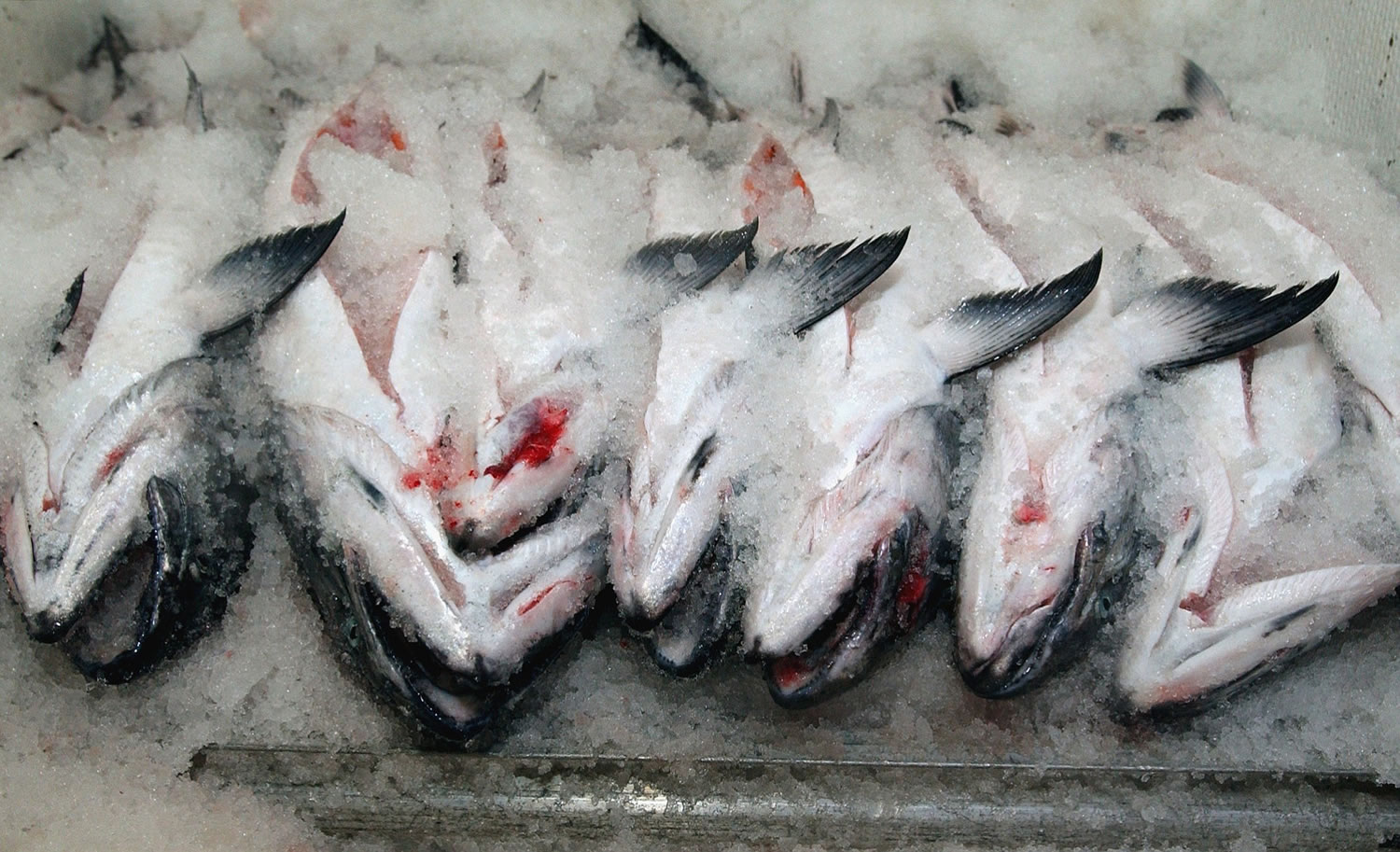Commercial fishermen have reiterated their disgruntlement with the Columbia River reforms adopted two years ago by the Washington and Oregon fish and wildlife commissions.
At a public hearing earlier this month in Tumwater before the Washington commission, several leaders in the lower Columbia commercial community made their unhappiness with the reforms known.
Vern Forsberg of Ridgefield said there has been commercial fishing in the Columbia River for 170 years. Netting methods have evolved, management of commercial fishing has evolved and recent years have shown record-high fall chinook returns.
“All this is thrown away because of one man in Oregon,” Forsberg said, referring to Gov. John Kitzhaber. “The gillnet has been a good tool for management.”
Forsberg has been involved for four years in the seine testing program. He estimated he’s made 700 seine sets.
“I think we all know it’s only going to work for a few boats in a few spots,” he said. “There’s no way to know yet what’s going to happen to the rest of the people.”
Gillnets can be fished early and late in the season, harvesting salmon from the leading edge and the tail of the run, he said.
But seining will work only in the peak of the salmon runs.
“It will be in the peak of the season in the middle of the sport fleet,” he said, making the sport-commercial conflicts worse.
Greg Johnson of Vancouver, a commercial fishermen who’s been involved with testing seines, also asked about the future for gillnetters who do not become seiners.
“In this policy development, we talked about 50 seine vessels perhaps potentially being economically viable,” Johnson said. “I’m not sure what happens to these other 150 guys.”
Changes in sport-commercial allocations in Grays Harbor and Willapa Bay are likely to displace commercial fishermen who will move to the Columbia River.
Washington’s Columbia River commercial fishing licenses are either Columbia-Grays Harbor or Columbia-Willapa.
In the fall of 2014, there were almost 150 landings of salmon some days in the Columbia between Woodland and Beacon Rock, the portion of the river open to gillnetting.
Johnson said he could envision that number jumping to “a couple hundred participants next year.”
Kent Martin, a commercial fisherman from Wahkiakum County, said 2013 and 2014 had large excesses of hatchery and fall chinook and that there was a large overescapement of coho in 2014.
“I hate to see press releases trumpeting the vibrant nature of the sport fishery last summer and fall, ignoring the fact the actual bite rate of fall chinook and coho in the mainstem Columbia is right around 10 percent — often under, way under,” Martin told the Washington commission.
“So basically you have to remove 10 fish or more from the commercial fishery to put one — or less — into the sport fishery. The other nine end up in hatchery or spawning ground surpluses, denying economic sustenance to the lower Columbia and coastal community.”
Martin said press releases swooned over the 6,000 hatchery coho catch in the lower Columbia River in 2014.
“They had to run 900,000 (total) and 235,000 hatchery coho by them to get there,” he said.
The catch of 26,000 fall chinook in the Hanford Reach of central Washington came from passing 400,000 fish over McNary Dam, which is more than six times the escapement goal, Martin said.
“This kind of sport priority is not sustainable — economically, politically or biologically,” he said.
Martin also lashed out at sport groups who want to replace gillnets with seines in the waters between Woodland and Beacon Rock in August and September.
Gillnets can be fished at night, while seines are used in daylight.
He called it: “insanity, with a capital I. This is a thinly disguised ploy to engender conflict with recreational boaters, sailboaters, yachters, and water skiers in the time of year when those activities are at their peak.”
Seine fisheries need to be limited to downstream of the Longview-Rainier bridge, he added.
Robert Sudar, a fish buyer from Longview, said all the talk about growth in sport fishing is simply not true.
“The trend on angler license sales is down,” he said. “There isn’t a growth in that industry.”
Sudar said he starts getting calls in October about when spring chinook will be available.
“The markets want fish,” he said. “They want our fish off the Columbia. It’s a local product, a high-quality product. It’s as good as they can get anywhere.”
Sudar mentioned the plans to phase out commercial fishing for summer chinook in the lower Columbia beginning in 2017.
He called it “another great fishery with a lot of interest on the market where there isn’t a lot of other chinook on the market most years.”
A former seine fisherman, Sudar questioned the wisdom of switching from gillnets to seines.
“I don’t see where its’s doing any good for the residents of the state who buy their fish from commercial fishermen,” he said. “I don’t see that it’s going to be good for our industry.”




